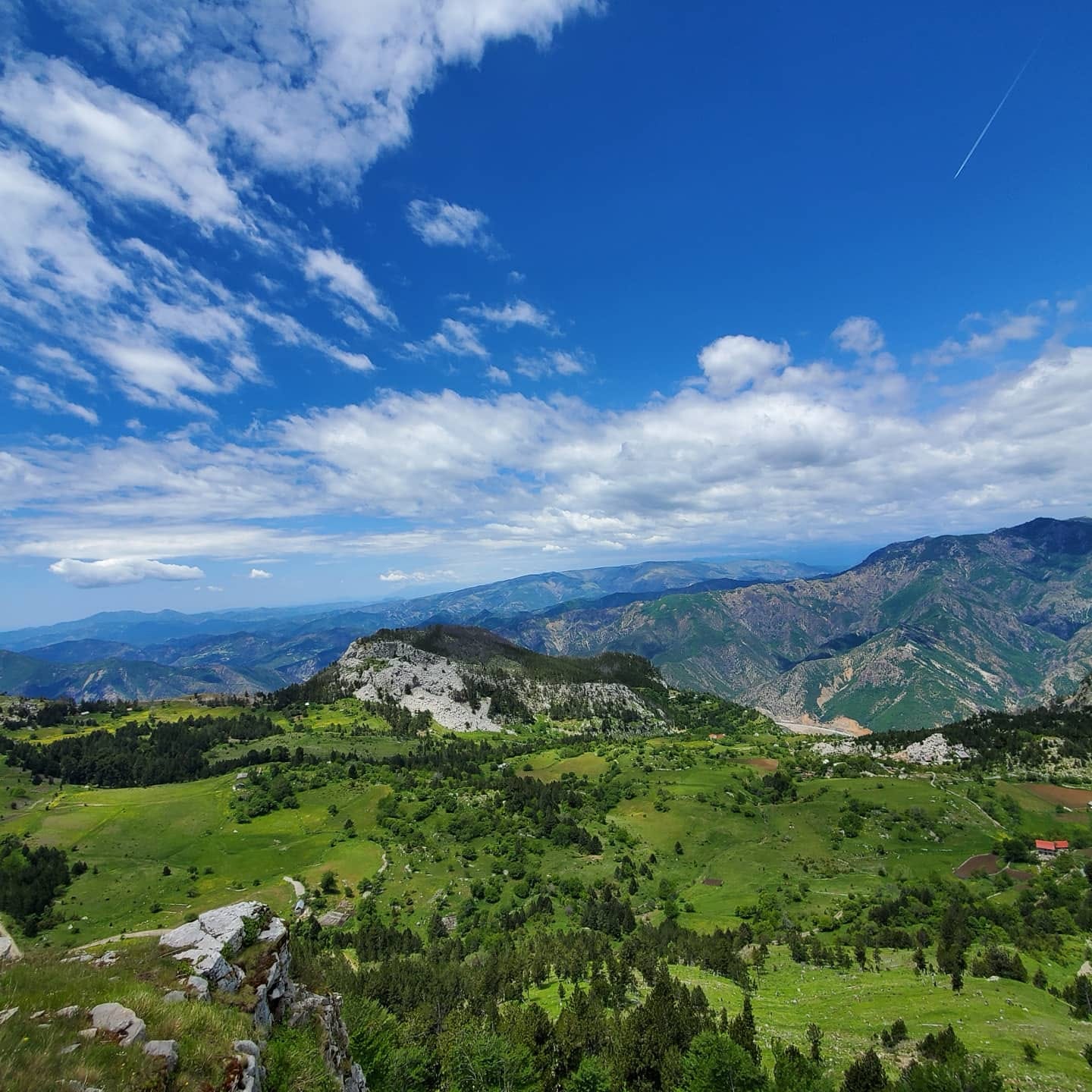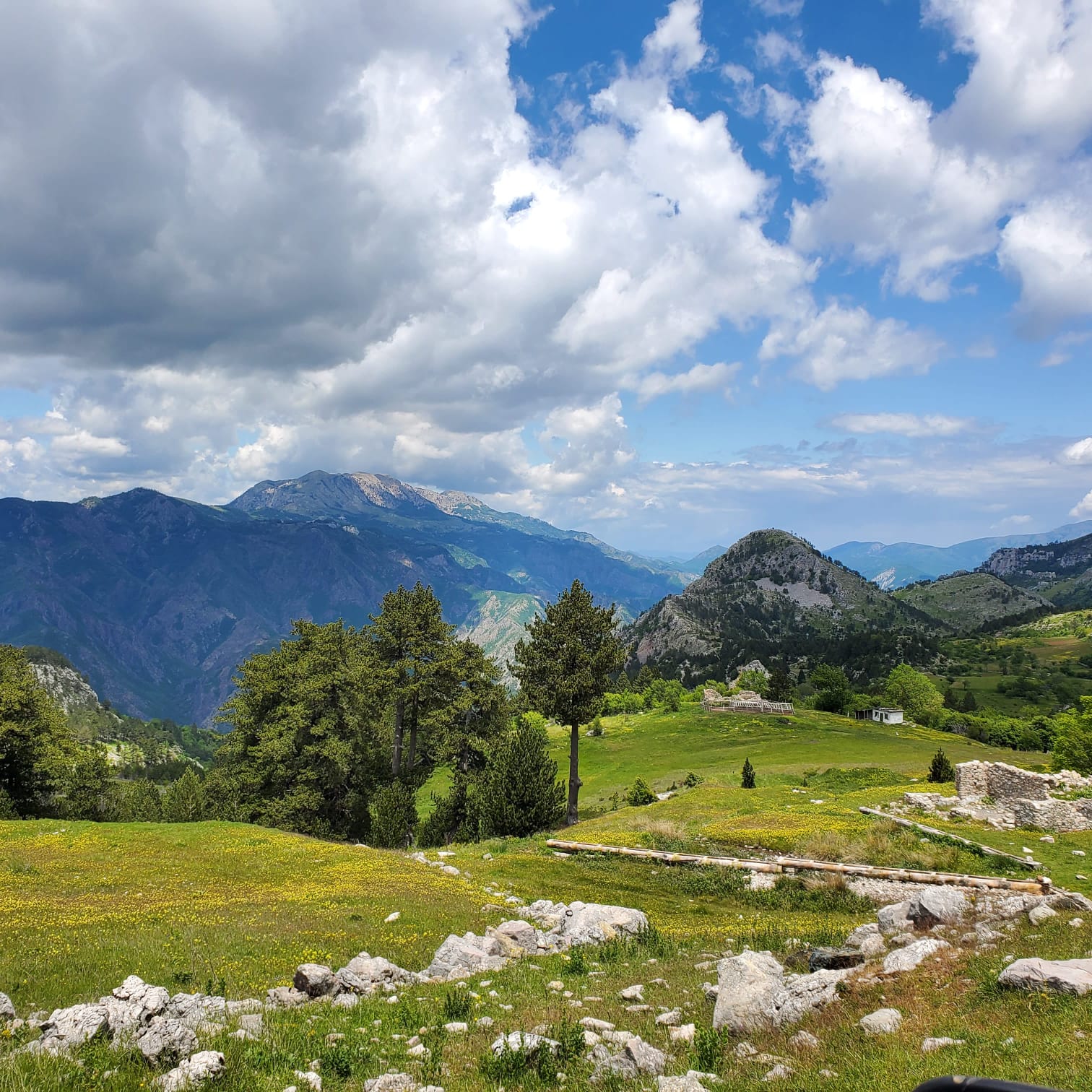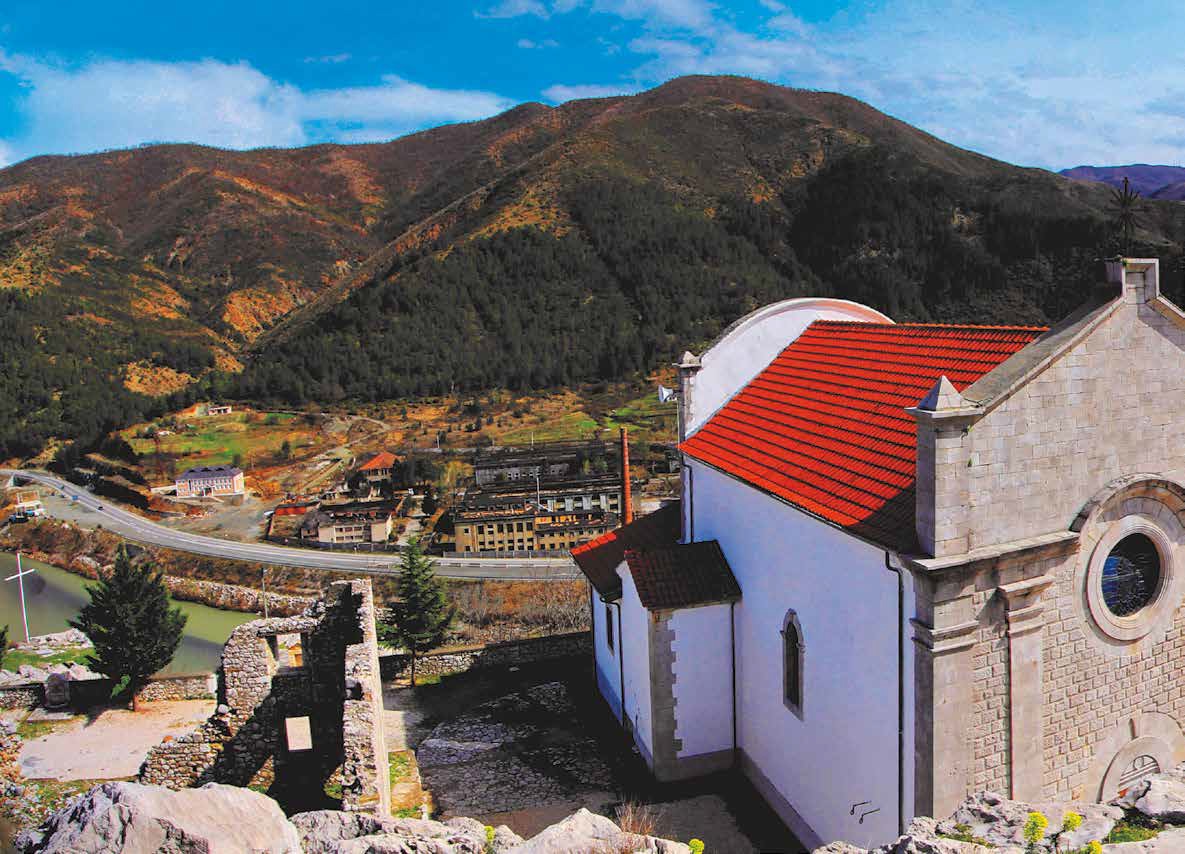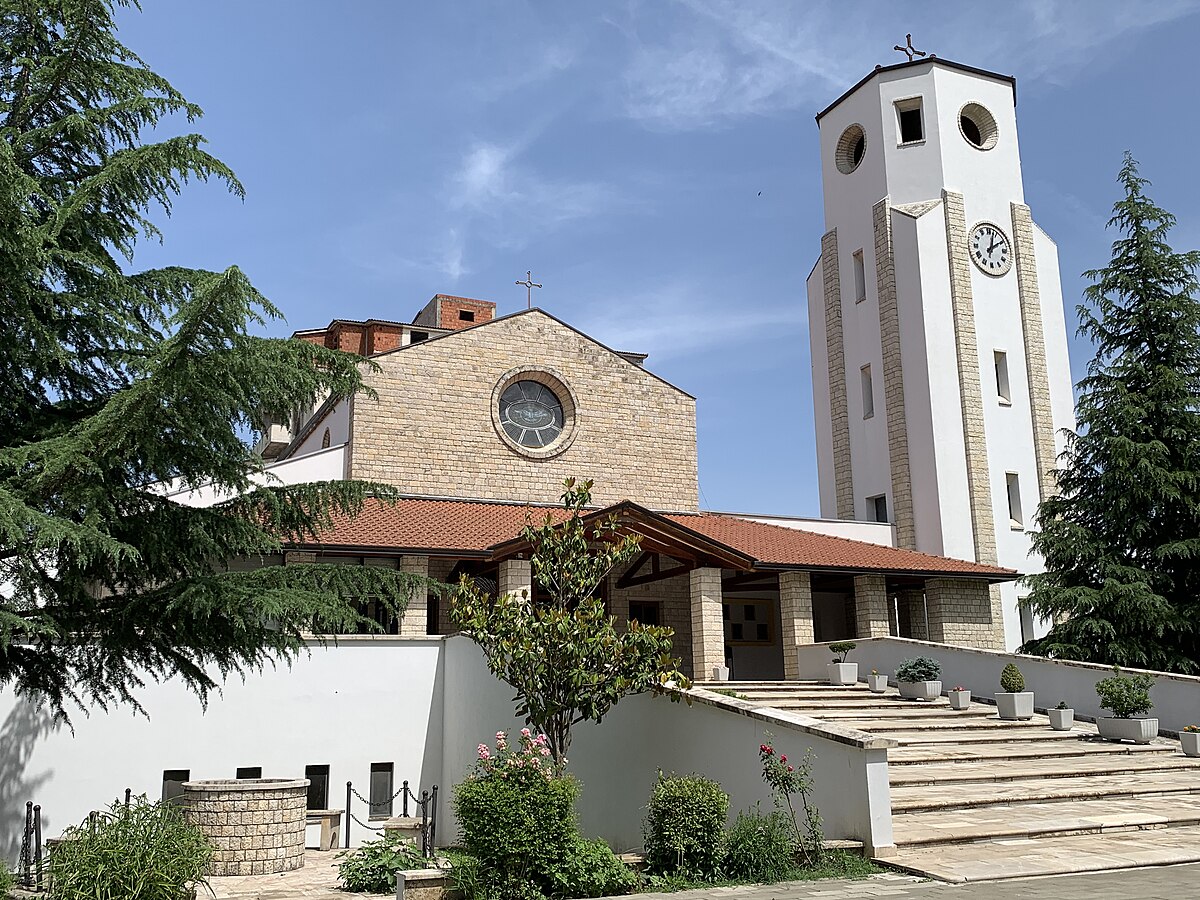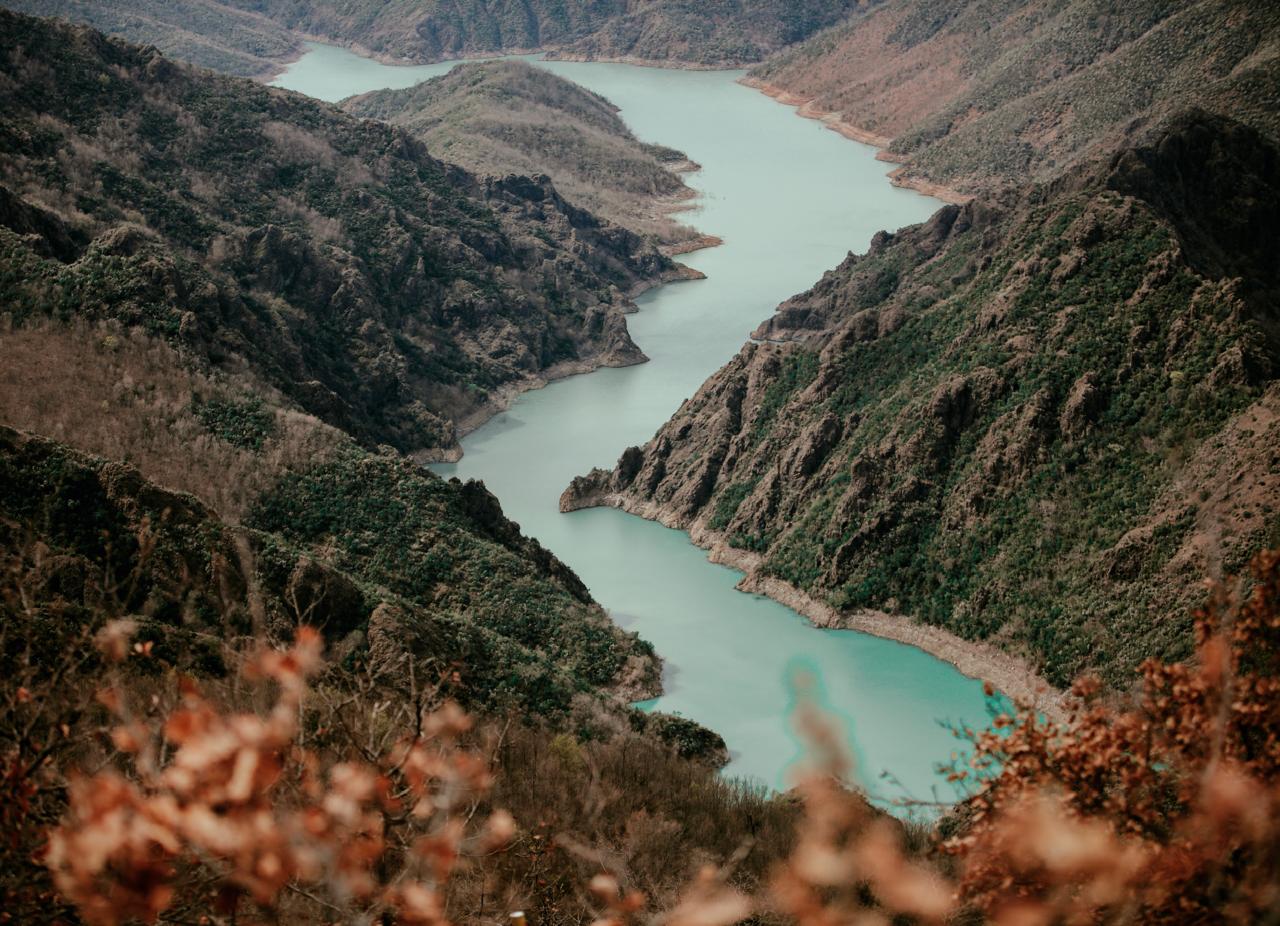Mirdita
Administrative Mirdita is included within the territory of Mirdita Municipality,
centered in Rrëshen. In the first half of the 20th century, Mirdita was a
Subprefecture, centered on Shënpal, and from 1949 it has functioned as a District
centered on Rrëshen. (Mirdita, as an ethnological province, also extends to the
territories of the Municipalities: Lezhë, Shkodër, Mat and Pukë.) Mirdita has been
inhabited since ancient times by the Illyrian tribe of Pirusts, who are known as good
warriors and miners and processors of copper ore. The archaeological material
discovered by the expeditions of the 60s - 90s, in Bukël, Prosek, Kodër - Rrëshen,
Kačinar, Perlat, etc., proves the continuity of life in this territory from the
Neolithic period onwards, where the Illyrian helmet found stands out. in Përlat etc.
In Roman times, the mines of Bulgri and Fani were mentioned. The Principality of Arbër
of the 12th - 13th century, with the chief Progoni and his sons, Gjini and Dhimitri,
had one of its important centers in the Interfane of Mirdita, where the State of Arbër
was located for some time.

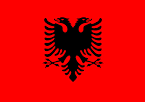

 Info Kulla
Info Kulla

